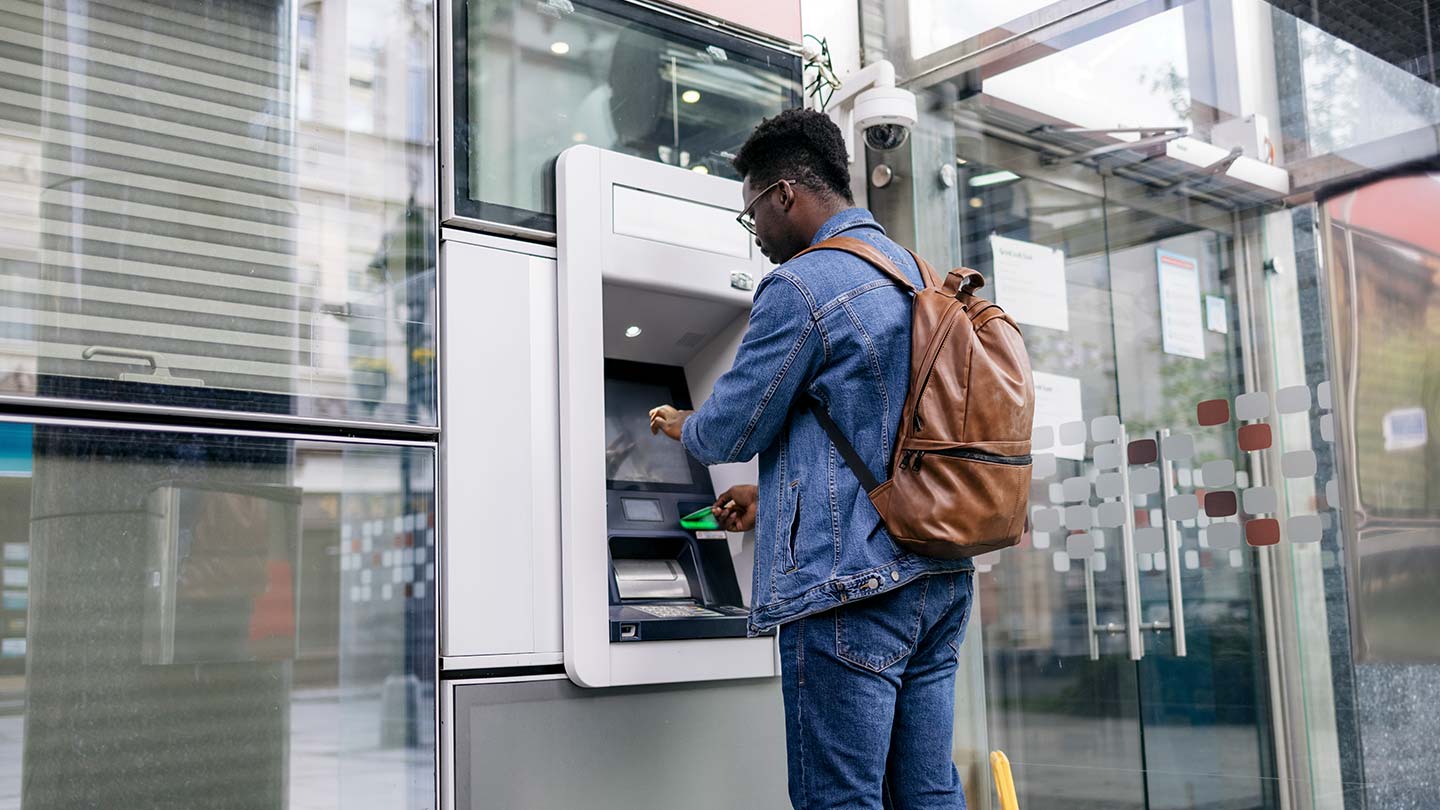Coping with Costs: Big Data on Expense Volatility and Medical Payments builds on anonymized account data of roughly 250,000 core Chase checking account customers from January 2013 to December 2015. It is the third in a series of Institute reports evaluating household finances, including its inaugural report, Weathering Volatility: Big Data on the Financial Ups and Downs of US Individuals and its report on income volatility, Paychecks, Paydays and the Online Platform Economy: Big Data on Income Volatility.
“This could be the most granular look at families’ financial volatility we have ever seen,” said Diana Farrell, President and CEO, JPMorganChase Institute. “Even with more money in their pocket from tax refunds, the strain of major and unexpected medical costs are hitting families hard and making it difficult for them to recover.”
Following are the key findings for this most recent look at the state of expense volatility for US households:
- Finding One: Expenses fluctuate by nearly $1,300 or 29% on a month-to-month basis for median-income households, or $7,391 year-to-year.
- Discretionary expenses are more volatile than non-discretionary expenses in percentage terms. Month-to-month discretionary expenses fluctuate by 56 percent or $514 while non-discretionary expenses fluctuate by 28 percent or $735.
- Finding Two: Expense volatility was high across the income and age spectrum. While older families typically had less volatile incomes, they exhibited a larger range of income and expense volatility.
- Older families maintain similar, if not higher, levels of expense volatility even after significant decreases in income volatility after age 60.
- Finding Three: Almost four in ten families per year—particularly middle-income and older families—made an extraordinary payment over $1,500 related to medical services, auto repair, or taxes.
- One in six families (16%) made at least one major medical payment in a given year, including 3% who made two or more.
- Older Americans had the highest incidence of extraordinary payments across all three types. Forty-four percent of families 65 and older made at least one extraordinary payment compared to that of 22 percent of adults under 25.
- Finding Four: Extraordinary medical payments were more likely to occur in months with higher income and specifically during tax season.
- Extraordinary medical payments were most common in March and April and coincided with a 4 percent increase in total income increases. The income increase stemmed mostly from tax refunds and not labor income.
- Finding Five: Prior to a major medical payment, families garnered significant liquid assets but did not recover financially within 12 months after the payment.
- Families acquired over $900 more in liquid assets before a major medical payment; this represented a 5 percent increase.
- The increase in liquid assets is more pronounced for families in the bottom percentile of liquid assets indicating they face a stronger liquidity constraint.
- Fifty-three percent of families increased their liquid assets one month prior to the medical payment, many of whom immediately spent them down in the month with a medical payment.
- Many families did not recover financially within a year after a major medical payment. In aggregate, comparing 12 months after the medical payment to the baseline period, income was 3 percent lower, non-medical expenses was 1 percent lower, liquid assets were 2 percent lower, and revolving balance was 9 percent higher.
“Our integrated, high-frequency data on income, expenses, assets, and liabilities shed new light on the connection between physical health and financial health and the reality that families are not fully insured against the economic consequences of major health events,” added Farrell. “This indicates a need for better products and solutions to help families manage expense volatility and become more financially resilient.”
View the full report Coping with Costs: Big Data on Expense Volatility and Medical Payments.



